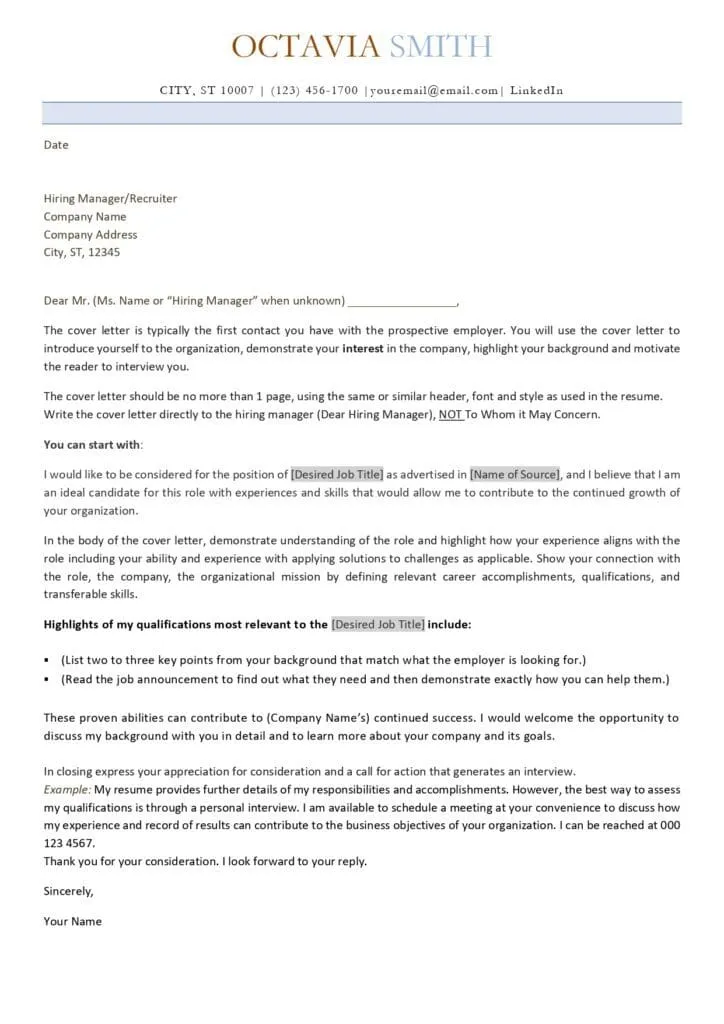Cover Letter Basics
A cover letter is a crucial document that accompanies your resume when applying for a job. It serves as your introduction to a potential employer, providing an opportunity to elaborate on your qualifications, express your interest in the position, and demonstrate your personality. Writing a compelling cover letter can significantly increase your chances of landing an interview and ultimately, securing the job. This guide will walk you through the essential elements of crafting a perfect cover letter, helping you stand out from the competition and make a memorable impression.
What is a Cover Letter
Essentially, a cover letter is a personalized business letter that accompanies your resume. It acts as a bridge, connecting your skills and experience to the specific requirements of the job you’re applying for. While your resume presents a factual overview of your career, a cover letter allows you to tell a story, highlighting your enthusiasm for the role and explaining why you’re the ideal candidate. It’s your chance to showcase your writing skills, express your unique value proposition, and make a lasting impression on the hiring manager.
Why Cover Letters Matter
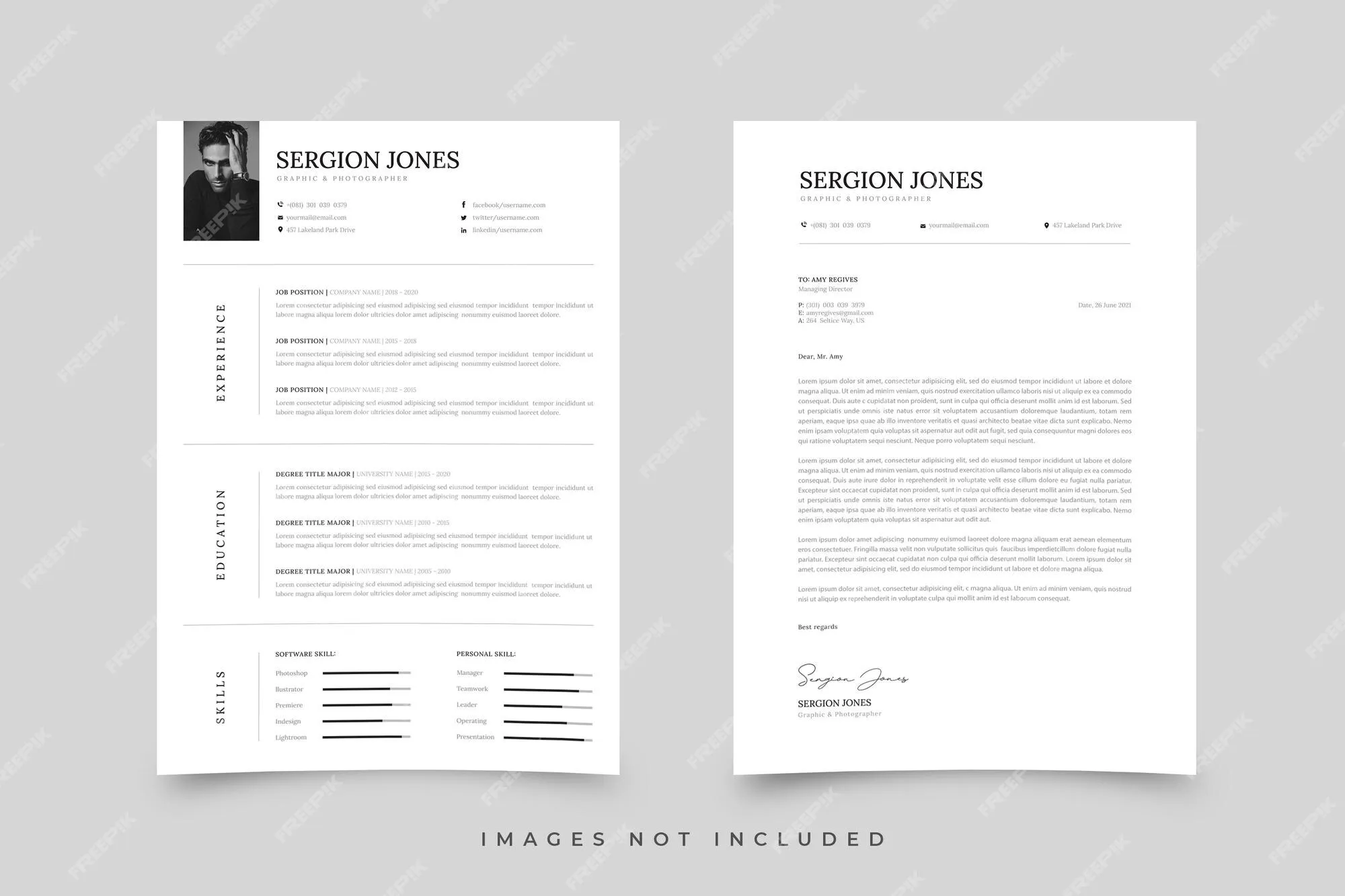
In today’s competitive job market, a well-written cover letter can be the difference between getting an interview and being overlooked. Many employers consider a cover letter as a vital part of the application process. It allows them to gauge your communication skills, assess your interest in the position, and understand how your qualifications align with their needs. A strong cover letter demonstrates your attention to detail, your ability to follow instructions, and your genuine interest in the company and the role. It also provides a platform to address any potential gaps in your resume or explain career transitions.
Key Components of a Cover Letter
A well-structured cover letter is organized and easy to read. It should include specific components that work together to present a cohesive and persuasive argument for your candidacy. Each section serves a distinct purpose, contributing to the overall impact of your application. By understanding and incorporating these key components, you can craft a cover letter that captures the attention of hiring managers and motivates them to learn more about you.
Your Contact Information
At the top of your cover letter, include your contact information. This should include your full name, phone number, email address, and optionally, your LinkedIn profile URL. Ensure your contact information is accurate and professional-looking. This information allows the hiring manager to easily reach you if they are interested in moving forward with your application. Use a clear and easily readable font and formatting to ensure that your contact information is presented in a professional manner, making it easy for the hiring team to connect with you.
Date and Recipient Details
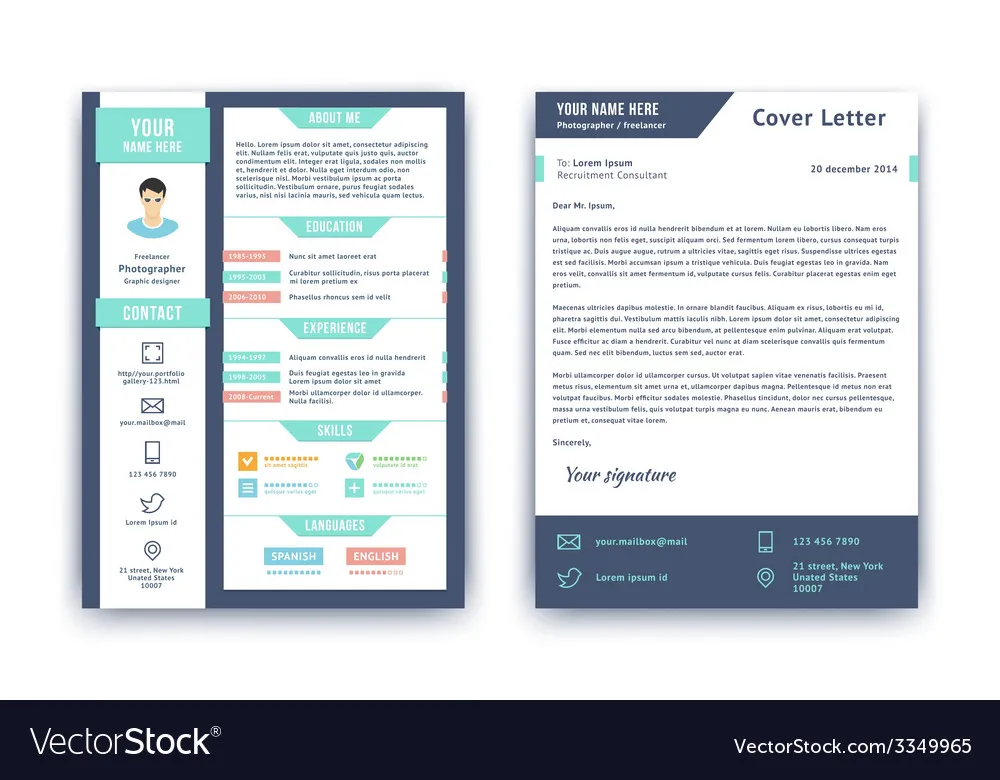
Directly below your contact information, include the date and the recipient’s details. Start with the current date, followed by the hiring manager’s name (if known), their title, the company name, and the company’s address. Addressing the letter to a specific person shows that you’ve taken the time to research the company and that you’re genuinely interested in the role. If you are unsure of the hiring manager’s name, you may address the letter to the Hiring Manager or the relevant department. It’s important to make a good first impression by demonstrating that you’ve paid attention to detail.
The Salutation
The salutation sets the tone for your cover letter. Aim for a professional and engaging greeting. ‘Dear [Hiring Manager Name]’ is the most preferred salutation when you know the name of the hiring manager. If you don’t know the name, ‘Dear Hiring Manager’ or ‘Dear [Department Name] Team’ are acceptable alternatives. Avoid generic salutations like ‘To Whom It May Concern’ as they can make your letter seem impersonal. The salutation should be followed by a comma.
Crafting the Perfect Opening Paragraph
Your opening paragraph is your first chance to capture the hiring manager’s attention. Keep it concise and engaging, immediately stating the position you’re applying for and where you found the job posting. Briefly mention why you’re interested in the role and the company. You might also highlight one or two key skills or experiences that make you a strong candidate. The goal is to create a positive impression and encourage the reader to continue reading. Avoid clichés and aim for a tone that reflects your personality and enthusiasm for the opportunity.
Highlighting Your Skills and Experience
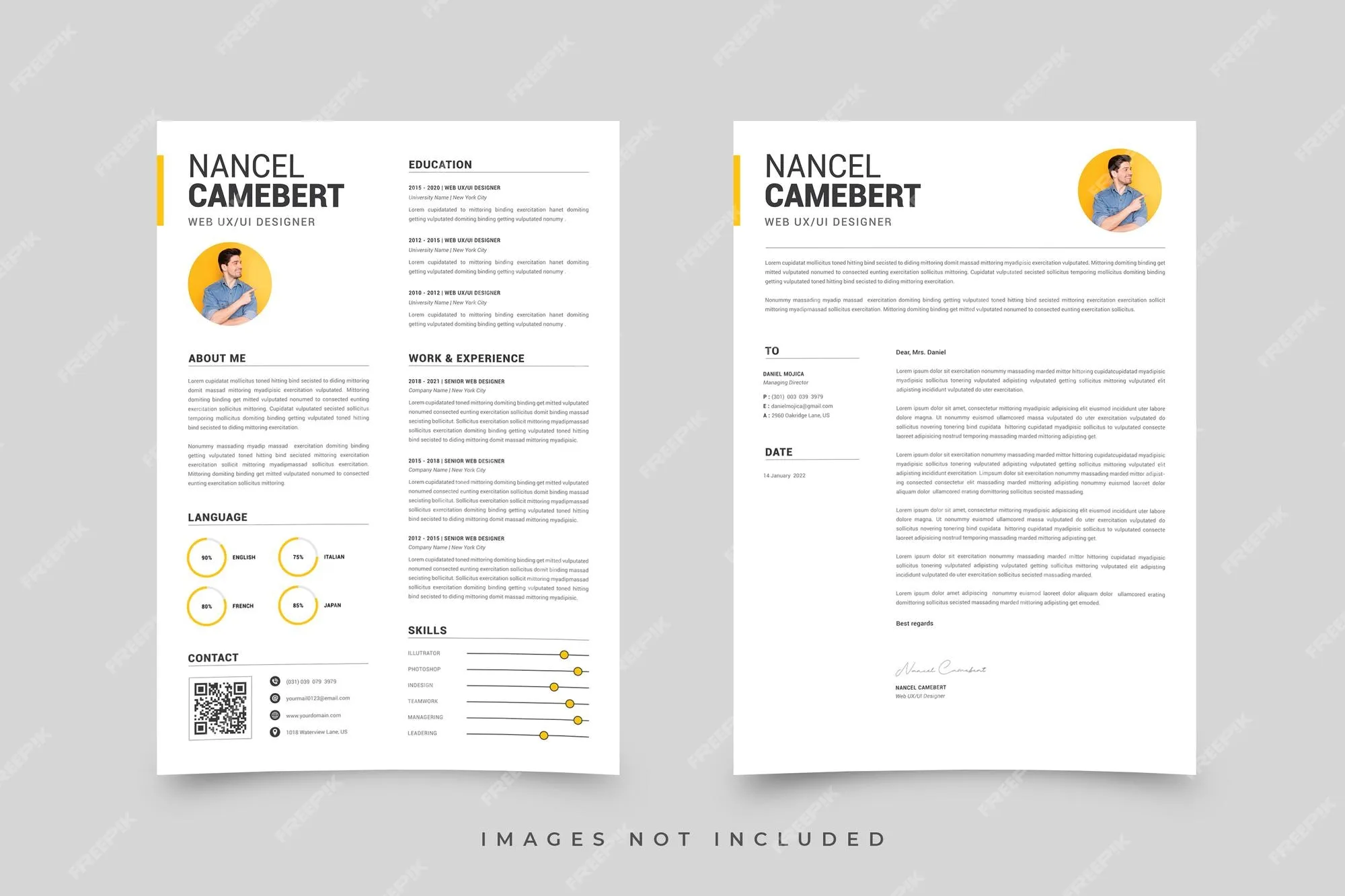
This is the core of your cover letter, where you demonstrate how your skills and experience align with the job requirements. The key is to provide specific examples of your accomplishments and skills. Don’t just list your qualifications; show the employer how you’ve applied those skills to achieve results. Focus on the most relevant experiences and skills that align with the job description. Use action verbs and quantify your achievements whenever possible to make your claims more impactful.
Tailoring to the Job Description
Carefully review the job description and identify the key requirements. Customize your cover letter to address these requirements directly. Mention the specific skills and experiences the employer is looking for and provide examples of how you have demonstrated those skills in the past. This shows the hiring manager that you have read the job description and understand the role. It also demonstrates your attention to detail and ability to tailor your communication to specific situations.
Quantifying Your Achievements
Wherever possible, quantify your achievements to demonstrate the impact of your work. Use numbers and metrics to illustrate your successes, such as “Increased sales by 15%,” or “Managed a team of 10 employees.” Quantifying your achievements makes your claims more credible and helps the hiring manager understand the value you can bring to the company. Be specific and provide concrete examples of your accomplishments to help your potential employer envision your future contributions to the company.
Showcasing Your Personality
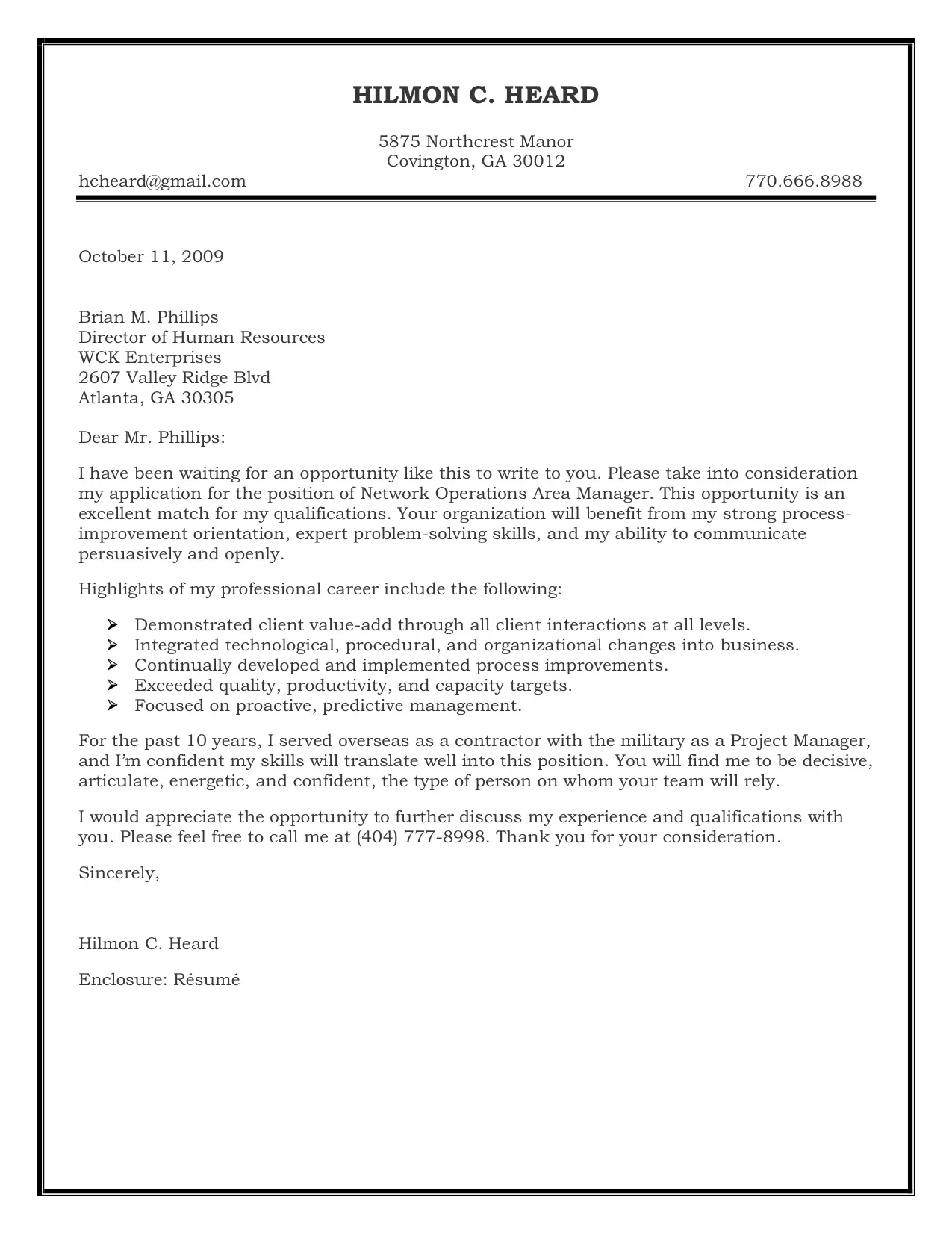
While remaining professional, use your cover letter to showcase your personality. Let your enthusiasm for the role and the company shine through. Share what motivates you and what you’re passionate about. Avoid generic language and adopt a tone that reflects your individual style and perspective. Hiring managers want to get a sense of who you are as a person. By injecting your personality into the cover letter, you can make a more memorable impression and increase your chances of connecting with the hiring team.
Writing a Strong Closing
Your closing paragraph provides an opportunity to summarize your interest in the position and encourage the reader to contact you. This is your final chance to leave a positive impression. It’s important to end on a strong note, reinforcing your enthusiasm and desire for the opportunity. The closing should be concise, and action-oriented, giving the hiring manager clear steps to take.
Expressing Gratitude
Begin your closing by thanking the hiring manager for their time and consideration. This shows respect and appreciation for their efforts. It’s a small but significant detail that demonstrates your professionalism and courtesy. Expressing gratitude creates a positive impression and leaves the hiring manager with a feeling of appreciation.
Call to Action
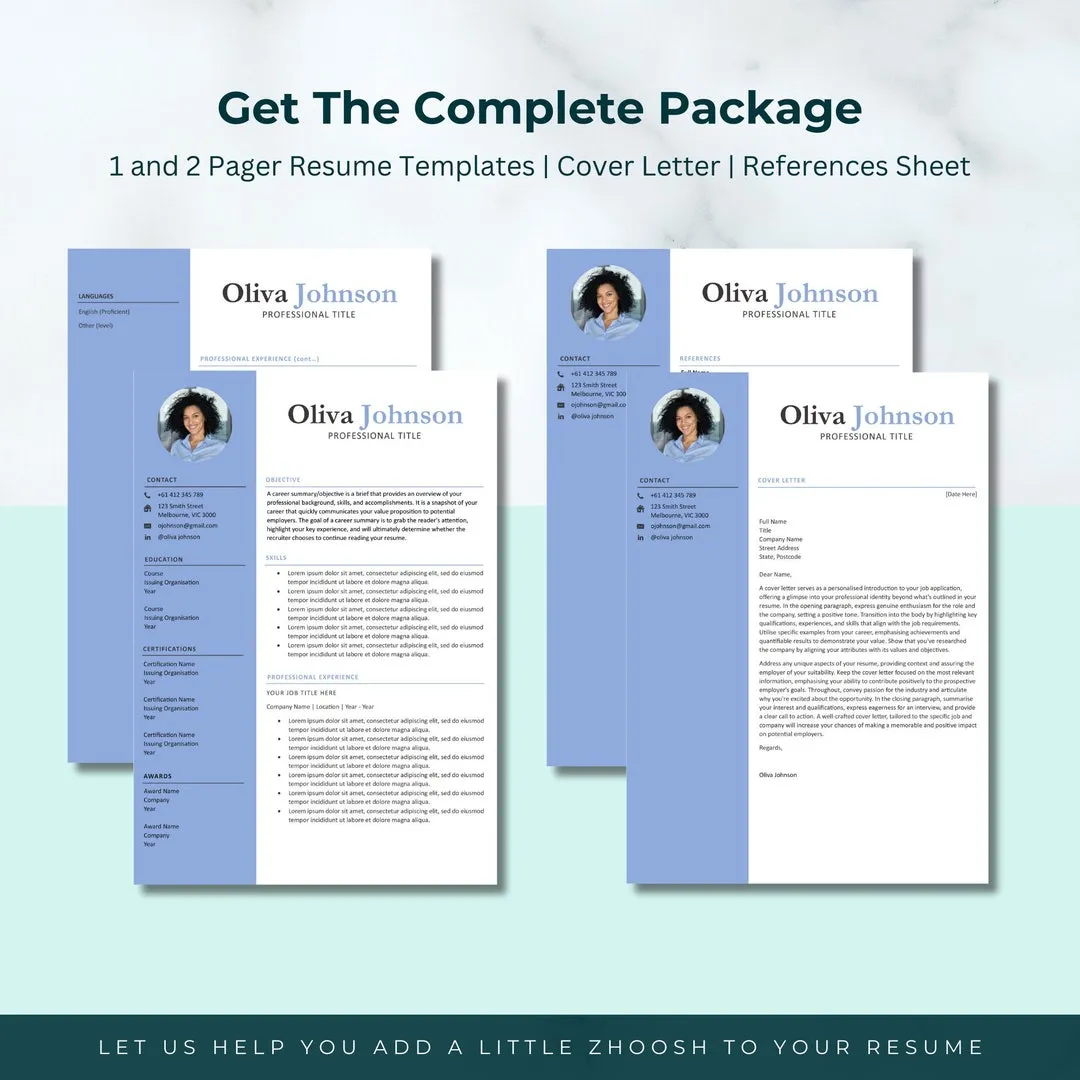
End with a clear call to action, such as expressing your eagerness to discuss your qualifications further and your availability for an interview. Provide your contact information again, if needed. Make it easy for the hiring manager to take the next step. A well-crafted call to action encourages the reader to act and increases your chances of moving forward in the hiring process.
Proofreading and Formatting
Before submitting your cover letter, proofread it carefully for any errors in grammar, spelling, and punctuation. Pay attention to the formatting to ensure your letter is clean, readable, and professional-looking. Errors can undermine your credibility and make it appear that you lack attention to detail.
Formatting for Readability
Use a clear and readable font, such as Times New Roman, Arial, or Calibri. Keep the font size between 10 and 12 points. Use single-spacing for the body of the letter and double-space between paragraphs. Use appropriate margins (typically 1 inch on all sides). These formatting choices improve the readability of your cover letter and make it more appealing to the eye. Clean formatting demonstrates your professionalism.
Proofreading for Errors
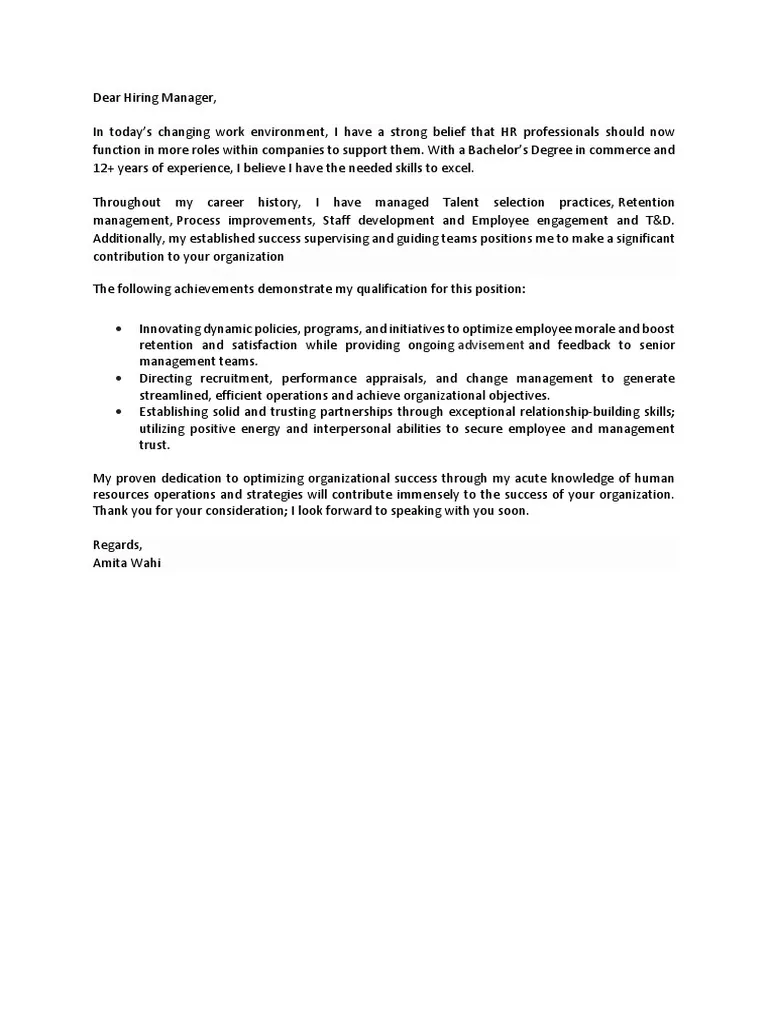
Proofread your cover letter meticulously. Check for any typos, grammatical errors, and punctuation mistakes. Ask a friend, family member, or career advisor to review your cover letter for a fresh perspective. Even small errors can damage your credibility, so it’s essential to ensure your cover letter is polished and error-free before you submit it. A polished cover letter demonstrates your attention to detail.
Cover Letter Examples and Templates
There are many resources available to help you write a great cover letter. Numerous online templates and examples are designed to provide guidance. Utilize these resources as inspiration, but be sure to customize them to reflect your specific qualifications and the requirements of the job. Ensure that your cover letter is unique to you and the position you are applying for. This personalization helps you stand out.
